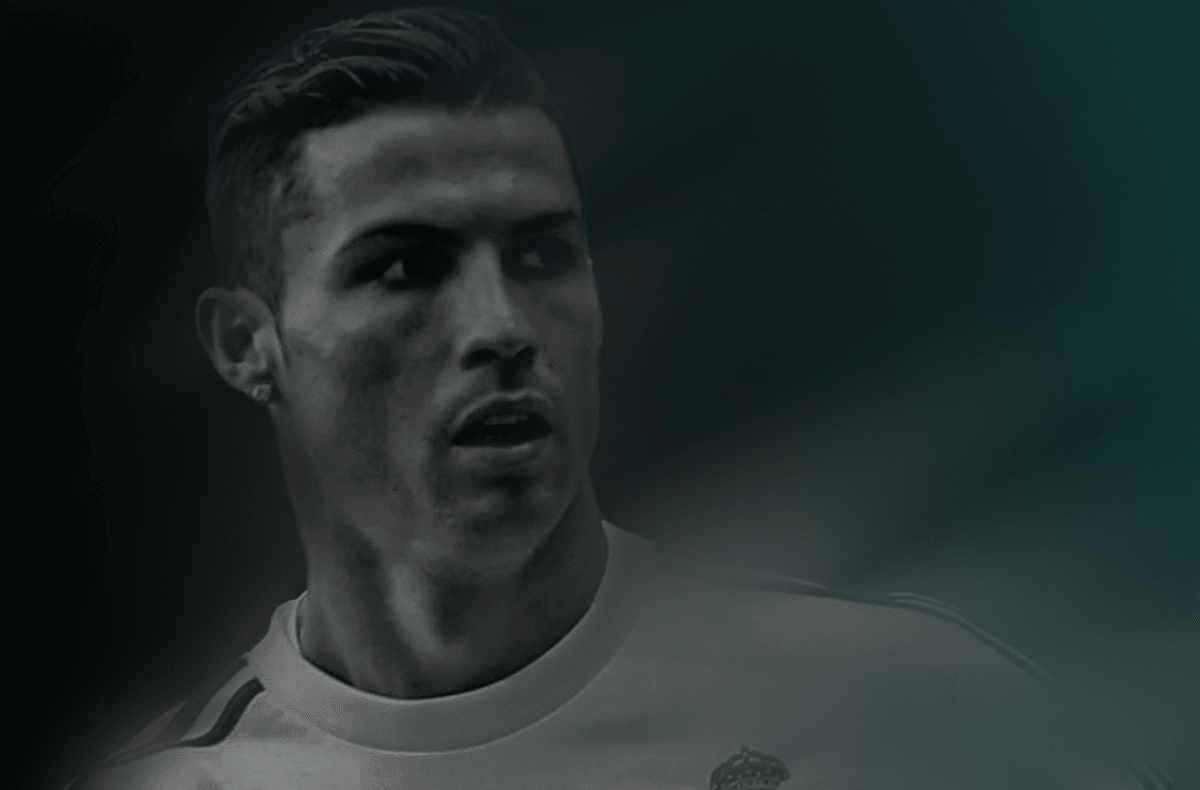
If you don’t know something is a bubble, you soon will. The bursting is a bit of a giveaway. The 2008 mortgage bubble finally burst when Lehman Brothers went bankrupt. And in a similar vein, perhaps the January transfer window just gone was the moment football’s precarious transfer market bubble finally burst. The repercussions are already visible.
The January transfer window was like an ugly throwback to a bygone era. Most of the headline moves followed the same formula: washed-up has-been finally forces a move away from his long-time club, moving instead to a club in a transition period in desperate need of new blood. Dele Alli finally left Tottenham for Everton; Pierre-Emerick Aubameyang moved on from Arsenal and joined Barcelona; Philippe Coutinho left Barça for Aston Villa; Tanguy Ndombele left Spurs and joined Lyon; Donny van de Beek left Manchester United on loan for Everton; Anthony Martial left United on loan to join Sevilla. The list goes on.
Pretty much the only side who managed to buck this trend were Newcastle United, who aggressively pursued any half-decent footballer no matter the price in a last-ditch attempt to avoid the ignominy of relegation. But then, to be fair, Newcastle belong in an altogether separate category of their own anyway. Not many football clubs are all but owned by the Saudi state…
Anyhow, it was the transfer window of washouts. Clubs desperate to offload their assets were making deals with clubs taking huge risks to eke out as much as possible from these stars of yesteryear. And why was a player like Dele leaving Tottenham after nearly seven years at the club? It wasn’t only about the player himself. This wasn’t simply a courteous move from Daniel Levy to allow a former beacon of hope to Spurs fans the chance to recreate his stagnant career elsewhere. Oh no. Anyone who knows crumbs of truth about Levy knows that this is a man with a business mindset, not a charitable one.
Dele was moved on partly to free up wages. This introduces an issue almost as big as the astronomical size of transfer fees themselves. For all the budgeting horrors that £100m signings pose to clubs, the eye-watering size of players’ wages causes just as many issues. Dele was earning £100,000 a week last season. For a player contributing so little to on-field success, that is an accountant’s worst nightmare. He had to go. The moves of Dele Alli, Coutinho and co seemed to signal a flawed market. Not the calm before the storm. More like the panic after the spending storm.
Hindsight is a wonderful thing, but however well he was playing at the time, Ousmane Dembélé was never worth the $135m Barcelona spent on him in 2017. Never in a million years. The same for Coutinho. He couldn’t have been worth £144m when the Catalan giants prised him away from Anfield. Look now; he’s playing for Aston Villa alongside Tyrone Mings and a 36-year-old Ashley Young. Then there was João Félix to Atlético Madrid from Benfica in 2019 for £113m at the age of 19. The list goes on. It makes a mockery of the existence of any sort of budgeting at all in elite football. How could anyone have thought those transfers were going to offer their respective buyers bang for their buck?
The collapse of FC Barcelona since—who purchased two of those three players—outlines the point perfectly. They now field the likes of Adama Traoré and Luuk de Jong—neither of whom are of traditional Barça quality—and are not competing in the Champions League right now but the Europa League instead. Thanks to atrocious transfer budget management plus the financial fallout from playing behind closed doors during the pandemic, Barcelona announced debts of £1.2bn at the end of last season. Football is home to some stark numbers, but nothing quite as silly as that. And it’s not a video game that can be switched off and on again. Spain’s second-largest club have to live with that and deal with it.
Closer to home, football clubs have never been descending helplessly into administration at such a rate. Between 1983 and 1993, ten clubs in England and Wales went bust. Since 2010, there have been 15. That includes recent stories such as the downfall of Bolton Wanderers or Bury, and the current decline of Wayne Rooney’s Derby County. The wealth divide down the divisions—plus the supposedly robust but actually precarious finances in football—paves the way for these disasters.
Football has a huge market failure and, as such, the market is vulnerable to total collapse. Not every club can be expected to make shrewd acquisitions quite as sustainably as Liverpool or Brighton, that’s true. However, just as the biggest clubs in the world have the biggest impact on football in all other ways, they also have the biggest impact on the finances of the footballing world. If Manchester United, Barcelona, Paris Saint-Germain and others are getting their transfer business as hideously wrong as they are, the whole pyramid comes under potentially untenable tension. Football must think harder, act slower, and calculate better.



